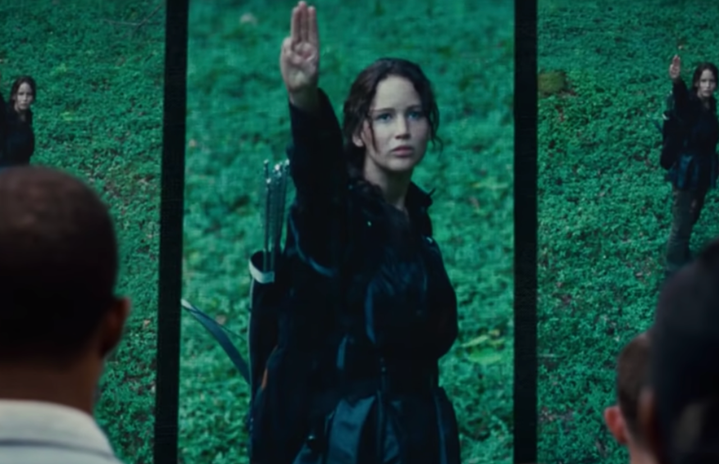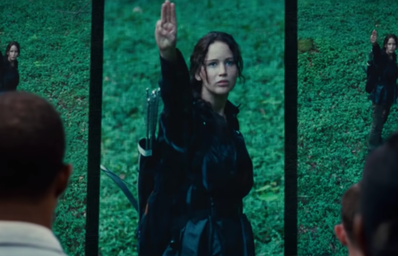The release of The Ballad of Songbirds and Snakes—the newest film entry in The Hunger Games franchise—has revitalized interest in Suzanne Collins’ bestselling novels as well as their film adaptations, which became blockbuster hits in the early 2010s. The prequel takes place decades before Katniss ever volunteered to take part in the annual Hunger Games in place of her sister, back when Coriolanus Snow was yet to become the villainous president of the original trilogy.
However, what wasn’t entirely revealed in the trilogy was the musical side of this story. While Katniss herself is shown to sing two songs, “Deep in the Meadow” and “The Hanging Tree,” there’s little known about where such songs originated from, only that both would become anthems of rebellion across the nation of Panem against the Capitol. The Ballad of Songbirds and Snakes answers this in the form of Lucy Gray Baird, a girl living in District 12 who is selected to participate in the 10th annual Hunger Games.
Lucy Gray comes from a nomadic people known as the Covey who were forced into District 12 following the rebellion that would spark the creation of the Games. Songs like “The Hanging Tree” became associated with rebellion in Katniss’s time, but when Lucy Gray first wrote the song, it was based on the execution of a supposed rebel that she’d witnessed at the eponymous tree. In real life, the music to the lyrics written by Collins was composed by the indie folk band the Lumineers, with influence from Appalachian music due to District 12 being located in the area.
Another song performed by Lucy Gray, titled “The Ballad of Lucy Gray Baird,” is also an original song written by Suzanne Collins. In the acknowledgments listed at the end of The Ballad of Songbirds and Snakes novel, Collins states that the song is meant to be sung with a traditional ballad tune. The film adaptation had Lucy Gray perform the song to the tune of songs like “The Unfortunate Lad” and “Streets of Laredo,” traditional folk songs that share similar melodies.
However, not all the songs sung in The Hunger Games are original creations by Collins. Songs, such as “Keep on the Sunny Side,” written in 1899 by Ada Blenkhorn and J. Howard Entwisle, are listed in the soundtrack to The Ballad of Songbirds and Snakes as performed by the Covey Band. In the novel version, Lucy Gray’s cousin Maude Ivory had also sung “Oh My Darling, Clementine,” a traditional American Western folk ballad credited to Percy Montross, who had written the lyrics in 1884. Even original songs like “The Hanging Tree” have lyrical and musical influence from Appalachia, civil rights protest songs, as well as other folk ballads.
The music present in The Hunger Games provides insight into the world in which the books and movies take place. While it might seem like a distant, unimaginable future, the deliberate inclusion of music from our history provides a new perspective on Panem’s former existence as the United States. So, while it may seem bleak to think of The Hunger Games as our present or future, it also represents the best of humanity through the prevailing nature of the music we create. The antagonistic Capitol and its actions may represent who we are at our worst, but the music of The Hunger Games shows who we are at our best—united and resilient, no matter what may stand in our way.


